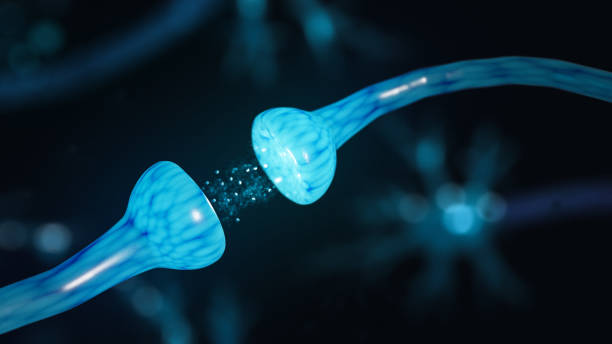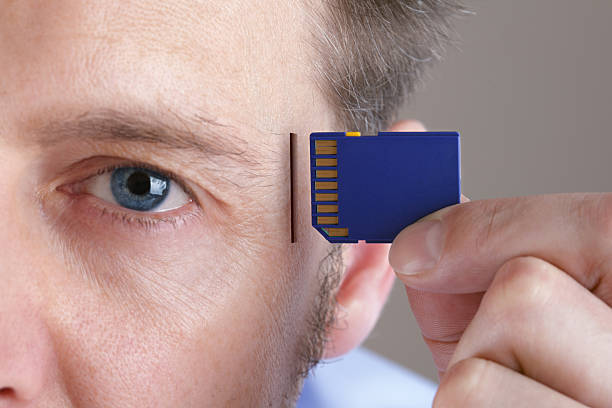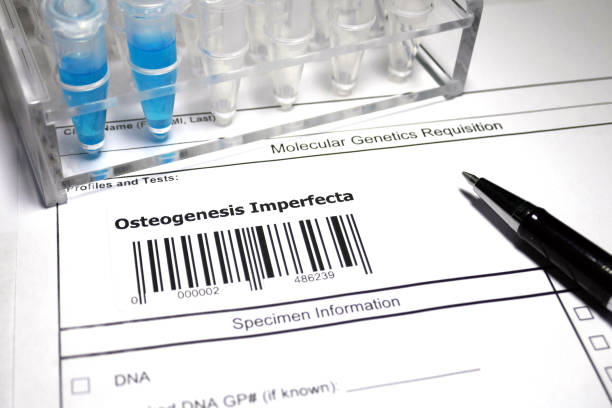242Views 0Comments

BRAIN, isn’t this an amazing organ.
Have you ever wonder how you keep learning new activities and things, and how some activities you keep remembering for life time and how some activities vanish soon from our memories. And also how a person recovers after brain injuries and trauma, stroke, spinal cord injuries and cns injuries. After a long research for decades our scientists and neurologists get to know about the process and term is as “Neuroplasticity”, or”neural plasticity”,or “brain plasticity”
According to WHO “Nneuroplasticity or neural plasticity or brain plasticity,is the ability of neural networks in brain to change through growth and reorganization.”
We also expain neuroplasticity as ‘ structural and functional changes in the brain due to any internal or external factors.”
Process of Neuroplasticity
Neuroplasticity happens to be done through two different processes “Axonal spruting” and ‘Synaptic pruning”.
I-Axonal sprouting- It is the process through whch axons sprout at nerve endings of a damaged neuron and forms new neural connections and new pathways. It is helpful in strengthening the good connections and repairing the damaged ones.

II- Synaptic pruning-as the “synaptis” means “ neural connections” and “pruning” means “eliminating” so synaptic pruning is the pocess which helps eliminate the weaker connections and keeping the strong connections.
Factors responsible for neuraoplasticity
Neuroplasticity works on the concept of “learning”, “memory” and “habituation”.
Learning – throughout our lifetime we keep learning new things ,different tasks, and different knowledge. Memory- The things we learn throughout our lifetime keep on storing in our brain as neural connections and memory as formed for the same. Memory is of two types short term memory and long term memory.

Short term memory- these are those memories which we learn and forgets after some time these are memories which are weak and which are supposed to be not useful in future.
Long term memory- these are those memories which we learn and are kept stored for a longer period of time.
Time span of memory depends upon how important and how strong is that memory.
Habituation- Habituation means a memory which is formed when we repeatedly do a activity on daily basis then it becomes our habit.
Uses in field of medicine
Neuroplasticity plays an important role in the field of medicine in the recovery of patients with any brain injury and trauma, stroke, spinal cord injuries, and any injury to CNS.
Motor deficits and neural deficits are present in these patients.
When any injury or trauma to brain happents connection to the body part is disturbed which is supplied by that of the brain to which damage has happened.
Throughout our recovery process different new neural connectons and new neural pathways keep generating . when one pathway is damaged other pathways tres to do the work of that connection until that connection is repaired.
The recovery is done by certain structural and functional changes happening in our brain and the neural pathways.

Neuroplasticity specific techniques in recovery
- Motor learning
- Biofeedback
- Neurodevelopment treatment (Bobath)
- Task analysis and task specific training
- Constraint-induced movement therapy (CIMT)
- Proprioceptive neuromuscular facilitation (PNF)


